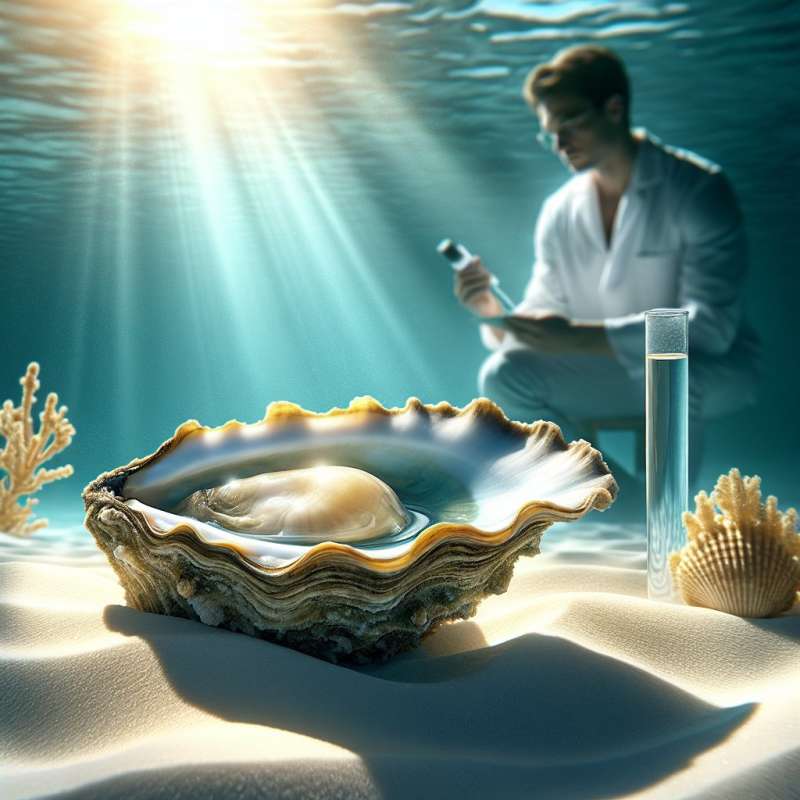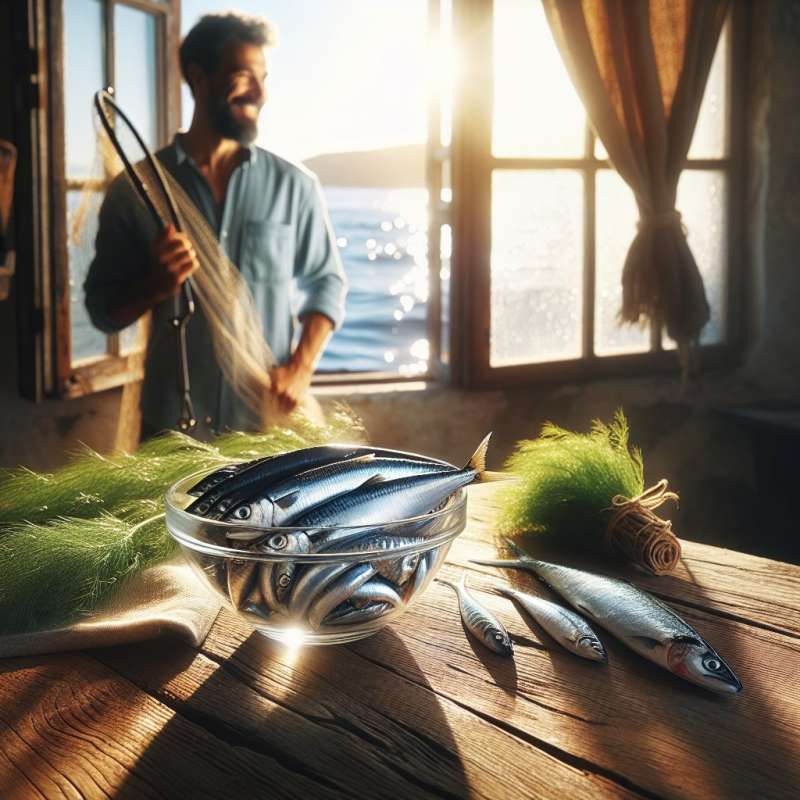
Understanding Heavy Metals
Heavy metals like mercury and lead can accumulate in seafood. These elements are concerning because they may pose health risks when consumed in large amounts.
Mercury in Predatory Fish
Predatory fish, such as sharks and swordfish, often contain higher mercury levels due to biomagnification, where they accumulate mercury from their prey.
Tuna: Mercury Variation
Not all tuna is equal. Larger species like bluefin have more mercury than smaller species like skipjack, due to longer life spans and diets.
Mollusks and Heavy Metals
Mollusks like oysters and clams can contain lead and cadmium, which they filter from contaminated water, making their habitat's cleanliness vital for safety.
Crustaceans: Lower Risk?
Crustaceans like shrimp and crab generally have lower heavy metal concentrations. However, geographic location and water pollution can influence their metal content.
Safest Seafood Options
Sardines, anchovies, and salmon are typically safer regarding heavy metal content. Their short life cycles and diets contribute to lower accumulation.
Mitigating Consumption Risks
Diversify your seafood intake and check local advisories. Pregnant women and children should limit high-mercury seafood to reduce health risks.Fish That Light Up
Some fish can accumulate mercury in their muscle tissue to such high levels that they actually glow under UV light!
What process increases mercury in sharks?
Biomagnification in prey
Industrial water pollution
Natural mercury production
Company